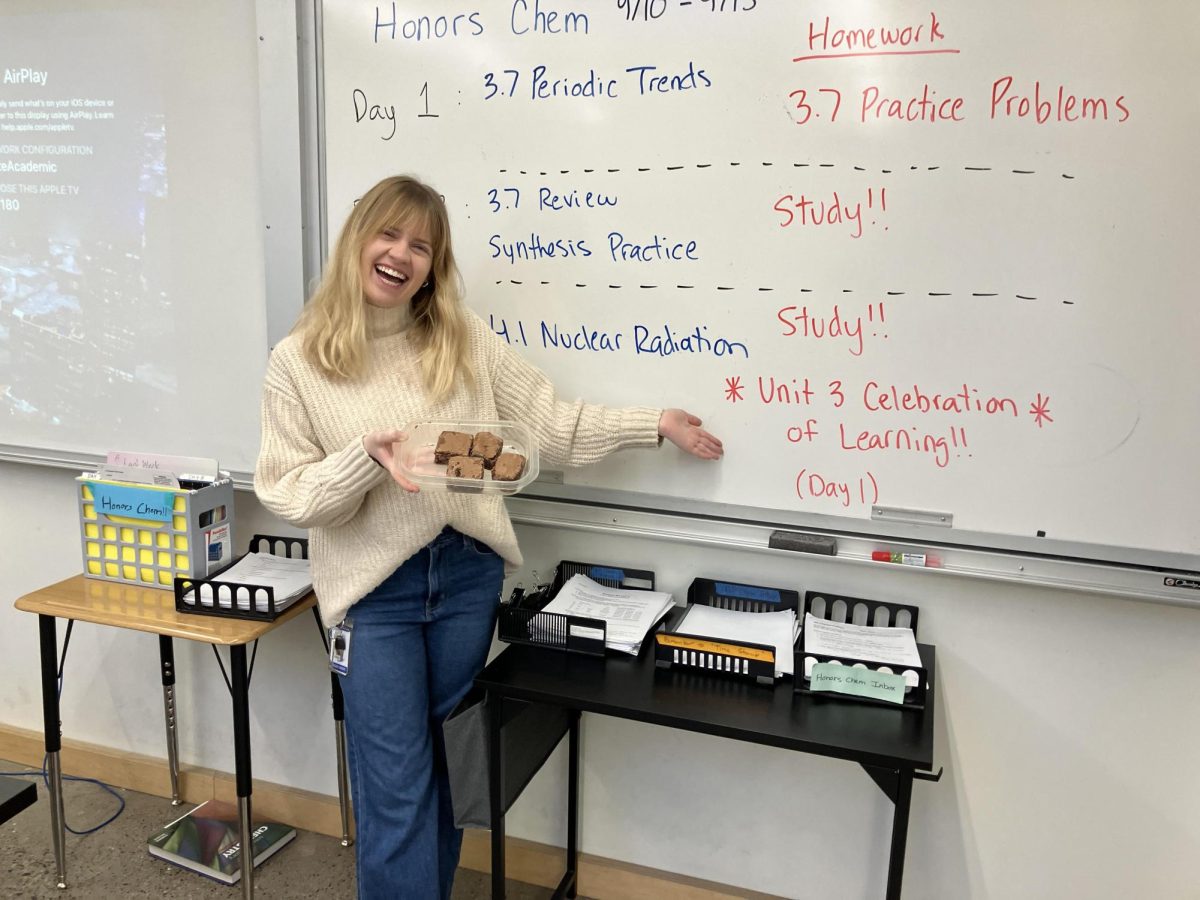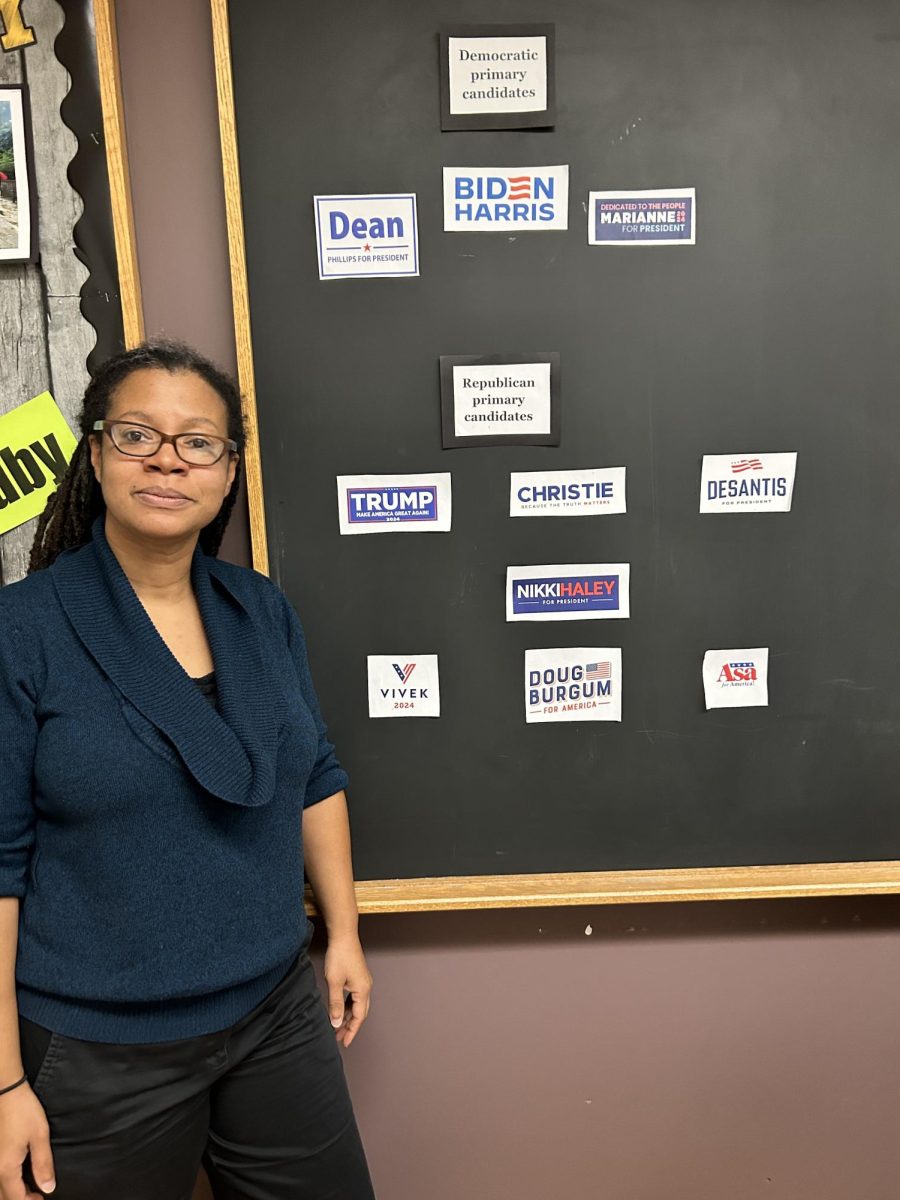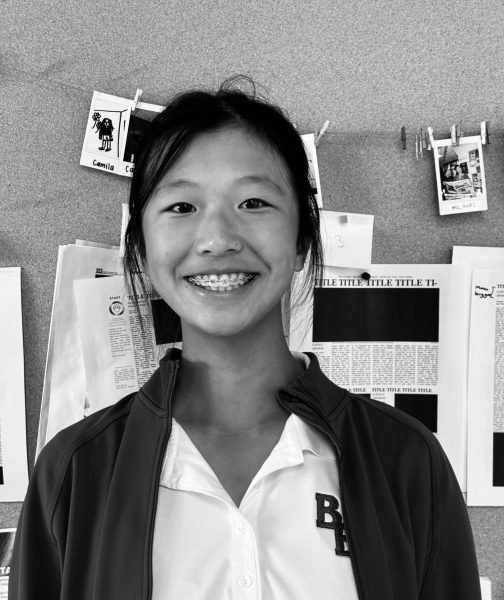At parties for Diwali and Holi, Asha Kelkar ‘26 – having a stark contrast between her complexion to other Indian children – described, “I got told all the time that I wasn’t actually Indian. I would get asked by all these kids, like, ‘why are you even here?’” She remembered that she “was confused…but I definitely felt less Indian.” Kelkar continues to share that “somebody called me a coconut [once]. It didn’t hurt my feelings because I was aware that I was 50% Indian and everyone else was 100%, but it kind of made me feel more self conscious about my skin color than I had been before.”

Similarly, Alan Hodder ‘25 added, “I am always the foreigner in the [Chinese] culture.” When Hodder attended public school in China, he explained how he was always called a wai guo ren, a foreigner, in class. “When English class came around,” Hodder explains, “they were like ‘hey, can you read this?’” Despite actually being able to read English, Hodder mentions that “there was always a sense that you never really belonged anywhere…[it’s] like you’re always not enough to an extent.”
When asked if Hodder feels more like one side of his family or the other, he responds, “those two things just honestly feel so intertwined, at this point, it kind of just becomes one thing. I don’t feel super Chinese right? Like I can barely speak Chinese to a fluent level in China, right? But here I mean, I don’t necessarily feel like super white either…I just feel like me…my identity isn’t my race.”
Kelkar added to Hodder’s thoughts, explaining that “I just perceive myself as mixed…I think that’s important that I can identify with more than one. I feel that’s kind of a good thing [and] that’s pretty special to me.”
Kelkar’s Indian father celebrates Christmas and goes to church, and her mother dresses up in traditional saris and eats Indian food. Kelkar explains this convergence: “the way in which my parents have been able to intersect with their culture shows me [that] cultures don’t have to be segregated…you don’t have to be a stereotypical color to enjoy the culture…I think that’s probably my favorite part.” At another Diwali two years ago, Kelkar’s closest family friends hosted. The party was bustling with people and had an air of sweetness. Kelkar remembers how when “they were all talking in Hindi, and when a joke was made all the Indian moms would translate it for my mom so she felt included…that was really nice.”
Hodder notes that the Chinese side of his family is loud and has a “chaotic comfort.” Right when he steps a foot inside the door, aunties and uncles are hugging and shouting, “Oh my god! You finally came back (ni zhong yu hui lai le)!” Hodder’s American side of the family is the complete opposite: “we have to dress nicely for family occasions and it’s more formal and organized.” Despite these differences, Alan comments, “They both feel normal to me [because] they both feel like family.” It’s been both loud and quiet. It’s been both squished together family style eating and neatly split up individual portions.

Hodder further explains how, “I love how we love each other. Even though they’re two completely different ways of expressing love, I appreciate how much they love, because I think throughout both cultures at least the amount they love never changes.”






